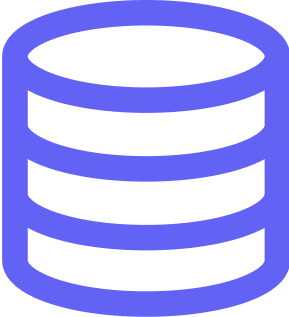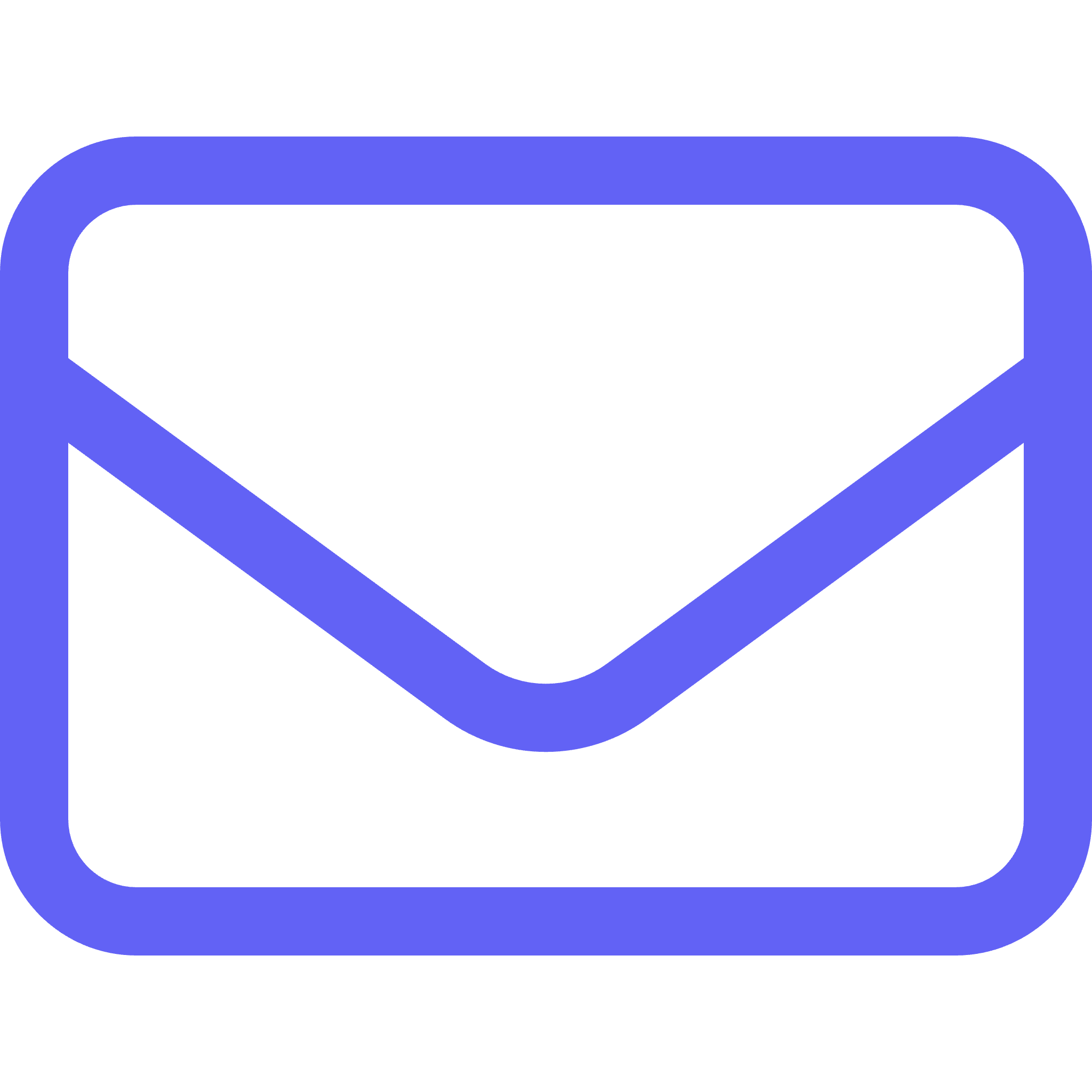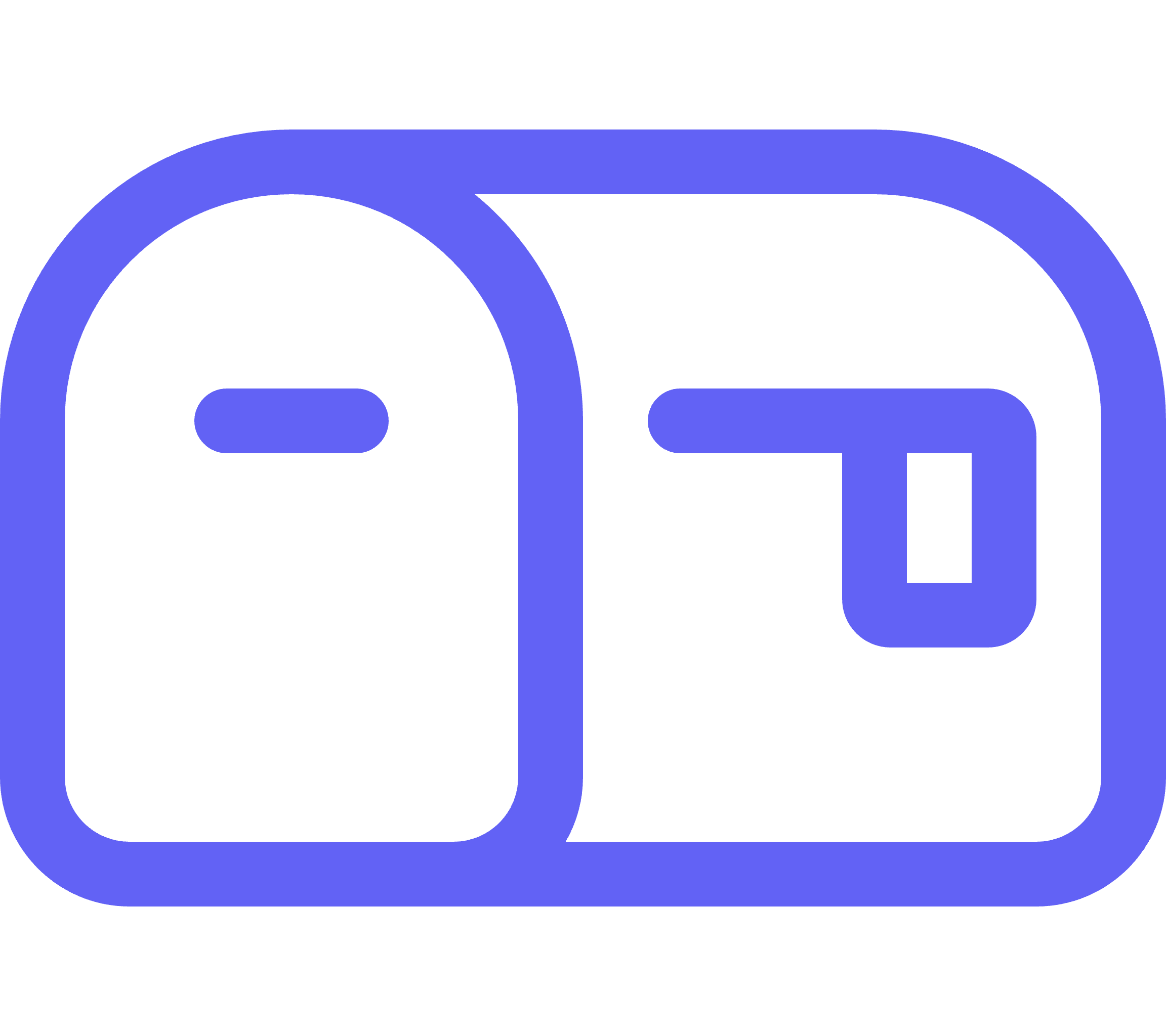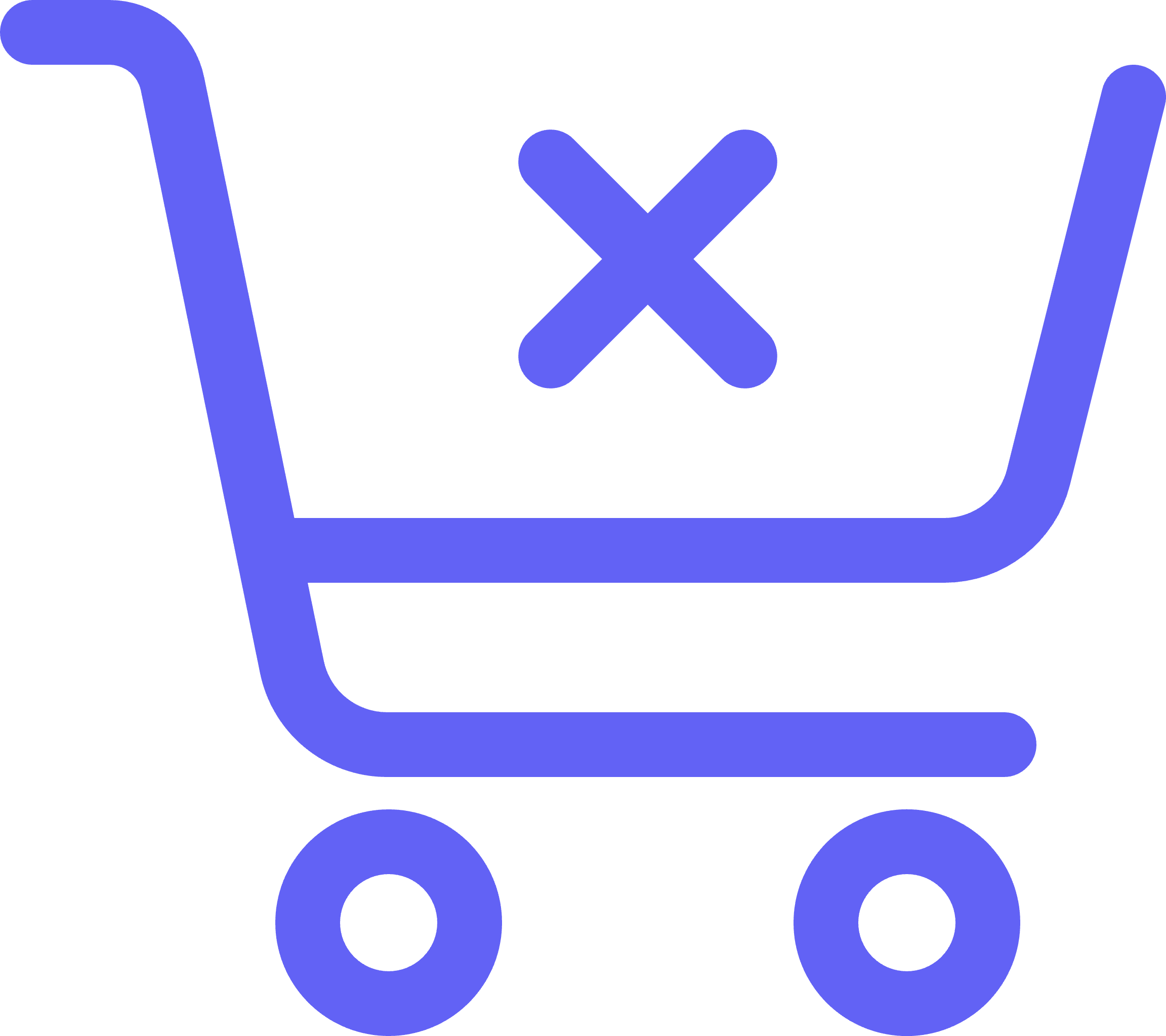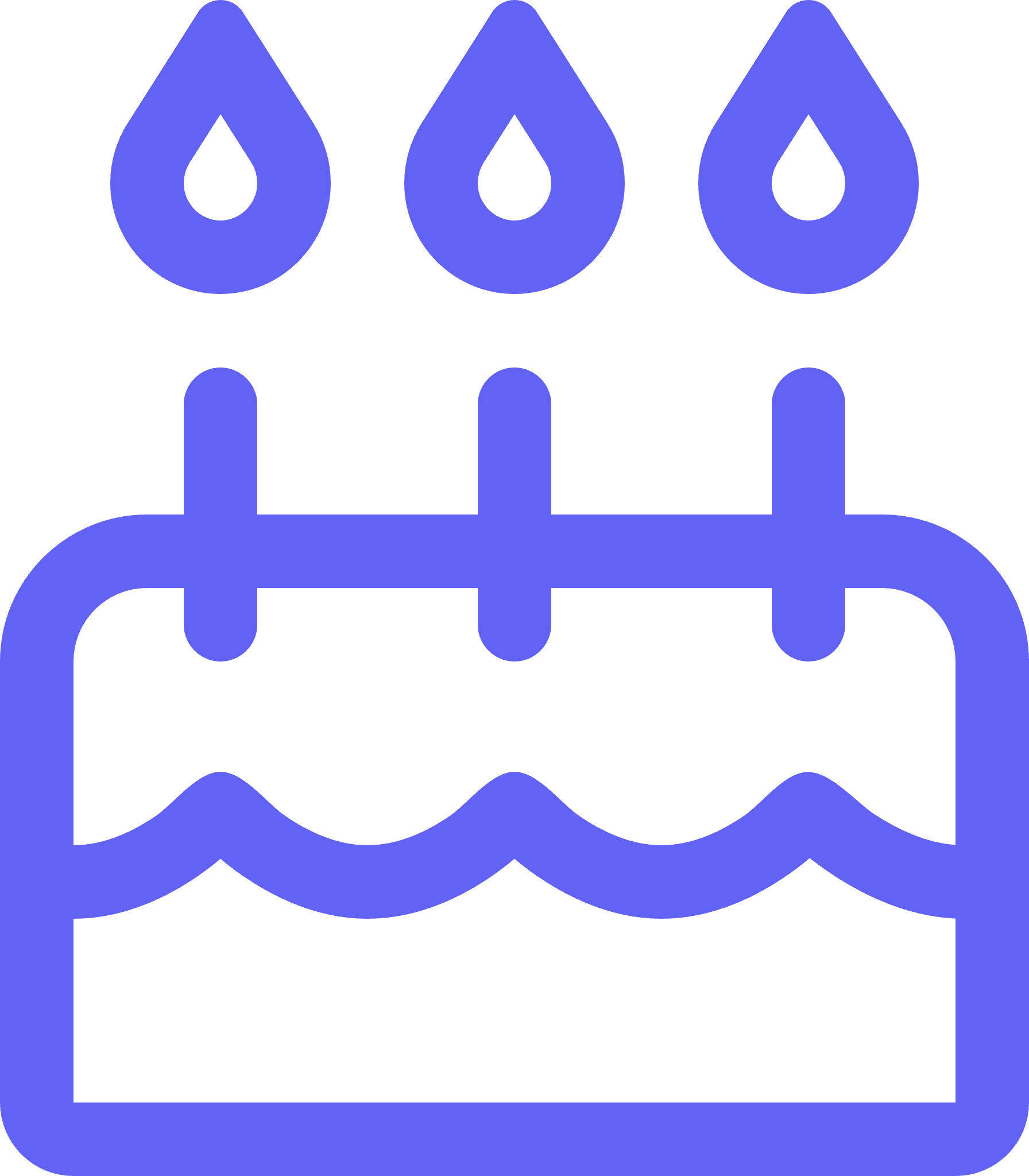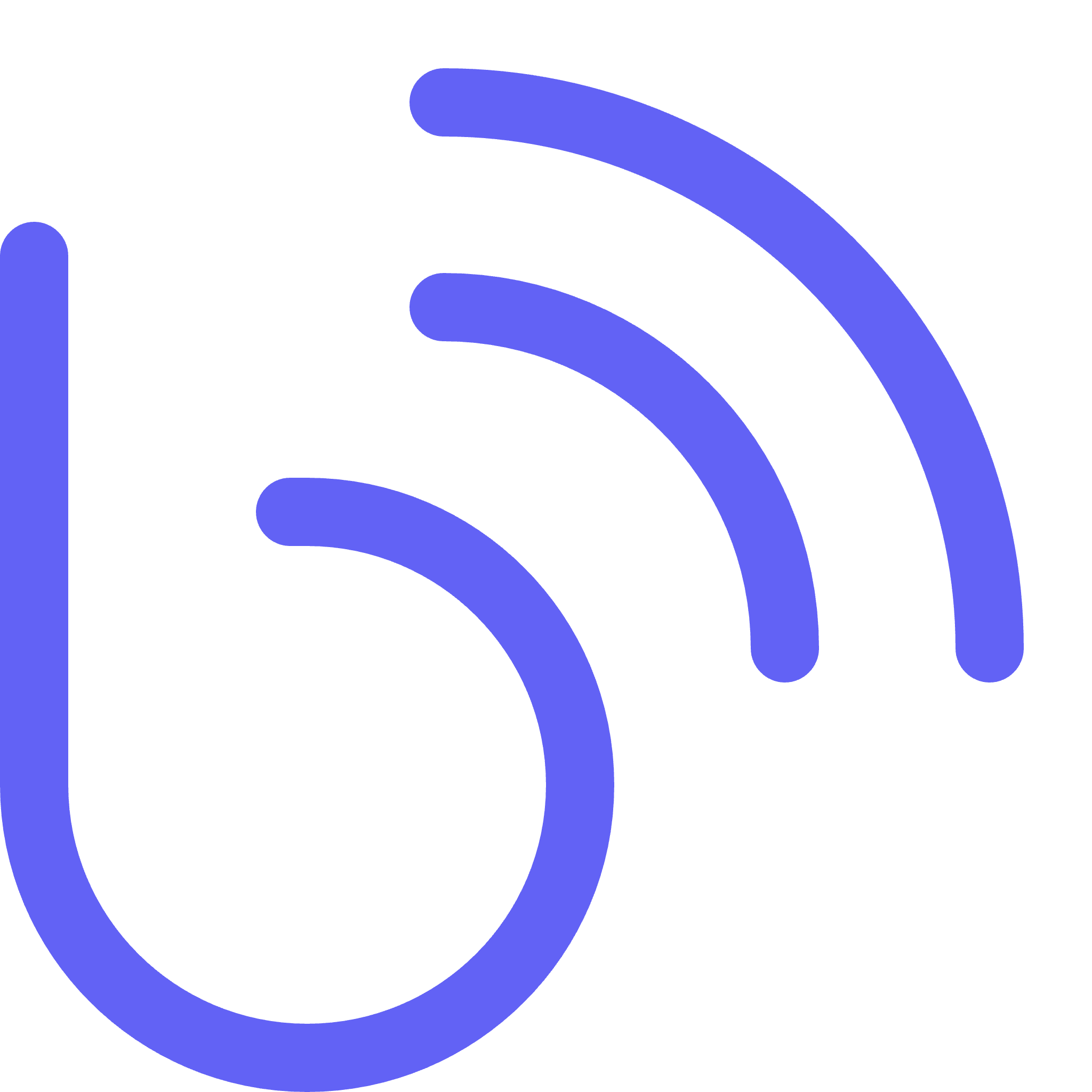Loyal and happy customers are the fuel that makes referral marketing, or more commonly known as word of mouth marketing (WOMM), one of the most cost-effective marketing strategies.
When people buy products based on the influence of their friends, family, or even strangers, this is referral marketing in action. A study found that 93% of customers trust the recommendations they get from their family and friends. Another study also found that 83% of people consider referral marketing a huge influence in their purchasing decisions.
Brands can leverage this even more by implementing a refer-a-friend campaign. This type of referral program encourages your existing customers to recommend your business to their friends, and in the process, one or both parties (the referrer and the referred friend) are rewarded for their efforts.
How Refer-a-Friend Campaigns Work
Referral programs work on the premise of “share and be rewarded.” There are many ways you can implement a refer-a-friend campaign. Some examples include:
- Store credits
- Social gifting
- Upgraded product or service rewards
- Referral contests
As mentioned, incentives are either one-sided or two-sided. A classic example is the social gifting referral method: the referred friend gets a reward upon their first purchase or signup through a referral code.
In other methods like store credits, both referrer and the referred friend can receive credits or “coins” as a reward for every successful referral. The rewards are determined by the brand, which we will discuss in more detail later.
Most Common Referral Channels
Another essential element of a refer-a-friend campaign is determining your referral channels. Despite the terminology, existing customers can refer not just their friends and family, but also other people outside of their social circle.
Some common referral channels include but are not limited to the following:
- Online forums
- Social media influencers
- PR/news publications
- Customer reviews/testimonials
- Case studies
It’s crucial for brands to set up ways to properly identify that a new signup or first purchase is a referral. You could either have a survey form, an area in your signup form about who referred them, a unique referral code, or a UTM code (urchin tracking module).
The Must-Haves in a Refer-A-Friend Campaign
1. Establish a referral program that makes sense to your brand
How you establish the mechanics of your referral program highly depends on many factors, such as:
- Products/services offered
- Nature of business/respective industry
- Your target audience and customer segments
- Branding (identity, values, etc.)
- Marketing budget
The best referral programs are those that are consistent with the business. For example, it makes more sense for a service-oriented business to offer upgraded services as a reward. A startup may also opt for a store credit-based referral program, as it’s more cost-effective.
The key here is to find what works best for your brand and the resources available to you.
2. Offer the right incentives
On a similar note, the incentives you provide should also make sense with your marketing budget and the preferences of your audience segments. A few things to consider in choosing the right incentives:
- What adds the most value to your customers when they refer their friends?
- What would new customers appreciate the most?
- Will the reward be one-sided or will both parties receive it?
- What are the approaches of your competitors and how can you improve your offers?
Rewards can come in many forms, including free shipping coupons, gift certificates, discount vouchers, store credit, a free upgrade, or a free product, just to name a few.
3. Determine the right timing to promote
Aside from offering an attractive incentive, it’s also equally important to determine when to promote your refer-a-friend campaign.
For e-commerce businesses, it’s best to use analytics and AI to analyze your existing customers’ buying behavior. Promoting too soon into their customer journey may not let you yield better results.
If they’ve been buying from you multiple times there’s a high chance they’ll refer your brand to their friends. Use this opportunity to promote your referral program.
4. Make it easy for customers to share your brand
In a previous section, we mentioned the different referral channels and the importance of providing unique referral codes so that you can properly track referrals regardless of the channel you use.
The key takeaway here is to create different ways for customers to access your brand easily. Some ideas you can use:
- Promote your referral program on your social channels
- Provide a call to action on your website homepage and create a dedicated landing page
- Utilize email marketing, in-app or push notifications, and other marketing channels to prompt customers to refer a friend
- Encourage user-generated content to market your brand
5. Thank the referrer and the referred
Lastly, be appreciative through your referral incentives and personalized thank-you messages. This goes to both your existing customers who made an effort and to the new customers who support your brand.
Sending thank-you messages adds a touch of authenticity to your brand and makes your customers feel more valued and seen.
__
Refer-a-friend campaigns are among the most cost-effective solutions for brands, as they combine customer retention and acquisition strategies. The appeal of referral marketing is that it provides a win-win situation for both sides: current customers are appreciated, and new customers get a warm welcome.
As you get more customers and they’re happy with the buying experience you offer, they’re more likely to spread the word about your brand, and the cycle goes on.
To get the latest updates on our suite of services, make sure to subscribe to our blog today!










